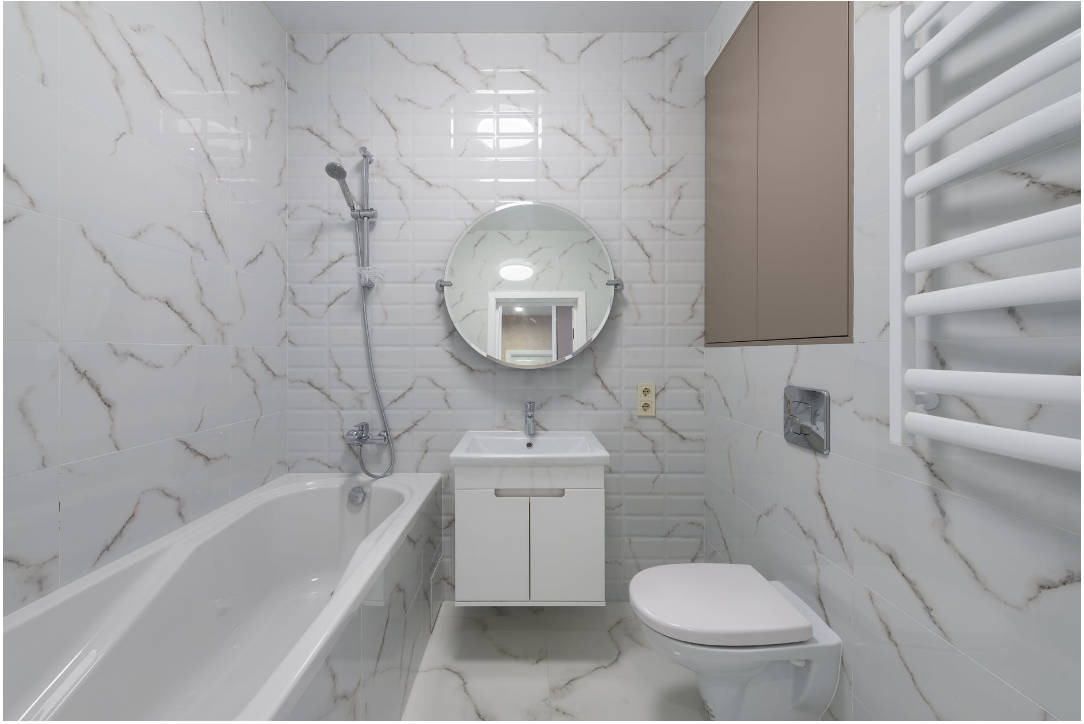Should I Use Plumber’s Putty Or Gasket When Installing A Sink Drain

The sink drain is quite an important part of the sink itself, especially if you want the sink to hold water. While it may not be as critical in a bathroom sink, the sink drain is critical in a kitchen sink because many people don’t fill their sink with water in the bathroom.
As you sift through the drain material and skim over the instructions, you may notice a rubber gasket in the kit. Should you use the drain provided or the plumber putty to seal the drain?
Which One Should I Use: Rubber Gasket Or Plumber’s Putty?
Generally speaking, it is better to use a rubber gasket on a sink drain than a plumber putty. Why? Well, you probably use boiling water and reasonably cold water in your sink, whether you are washing dishes, fetching water, or rinsing vegetables.
While a plumber’s putty holds up well, it doesn’t perform well in drastic temperature changes. Over time, it can start to break due to temperature fluctuations, rendering the seal (which is its entire purpose) useless. It does well at the bottom of taps and other places that don’t experience severe temperature fluctuations, but not necessarily on drains.
In addition, many brands of plumber’s putty are not suitable for use in granite sinks. This is because plumber’s putty contains oils that may seep into the granite and cause stains. If you are unsure if the putty is safe for granite, check the packaging or the brand website.
If you have a stainless steel sink, make sure you can use a plumber’s putty. Generally, the packaging should clearly state whether you should not use this putty or not. Plumber’s putty can also damage plastic products, so if you have a plastic sink drain assembly, look for a replacement.
Therefore, if the sink drain assembly comes with a rubber gasket, use that gasket. Rubber washers tend to last much longer than plumber’s putty, especially under extreme temperature fluctuations caused by running water.

When Not To Use Plumber’s Putty
There are a number of situations where you should not use a plumber’s putty. Although it is suitable for a variety of situations, it is not foolproof, so use it with care. As we mentioned above, be careful about using it on stone sinks and specific stainless steel sinks.
Here are some situations where plumber’s putty should not be used
- Sealing joints between threaded pipes (metal or plastic)
- Connecting unthreaded plastic pipes
Why not? Plumber’s putty can damage plastic, but it is also not meant to be used as glue. It is a sealant, so avoid using it as an adhesive (it usually does not work well).
What Can I Use Instead Of Plumber’s Putty?

If you want to find an alternative sealer to plumber putty, you have several options, including.
- Foam gaskets
- Rubber gaskets
- Silicone caulking
If the sink drain assembly comes with a foam or rubber gasket, use that gasket. While a plumber putty may be cheaper for a quick fix, it may not last as long, especially if the temperature is constantly fluctuating (e.g. washing dishes in boiling hot water and then getting a glass of cold water).
Or, if you want a similar sealant (in the sense that it’s not a gasket of sorts), use silicone caulk. It’s a bit tricky to work with, but it’s usually easier to hold onto than a plumber putty. You can’t use the Rubbermaid work skills you’ve honed since you were a kid to roll putty snakes, as the application process is different, but you may reap the benefits of longer-lasting results.
Can I Use Plumber’s Putty On A Rubber Seal?

Well, technically you can use a plumber putty on a rubber gasket (as long as it’s approved for rubber). However, if you are putting together a new sink drain assembly, it really doesn’t make sense, especially if it has its own proper rubber gasket. It’s a bit redundant as you’re adding sealant to something that already needs to be sealed.
 ARCORA FAUCETS
ARCORA FAUCETS
